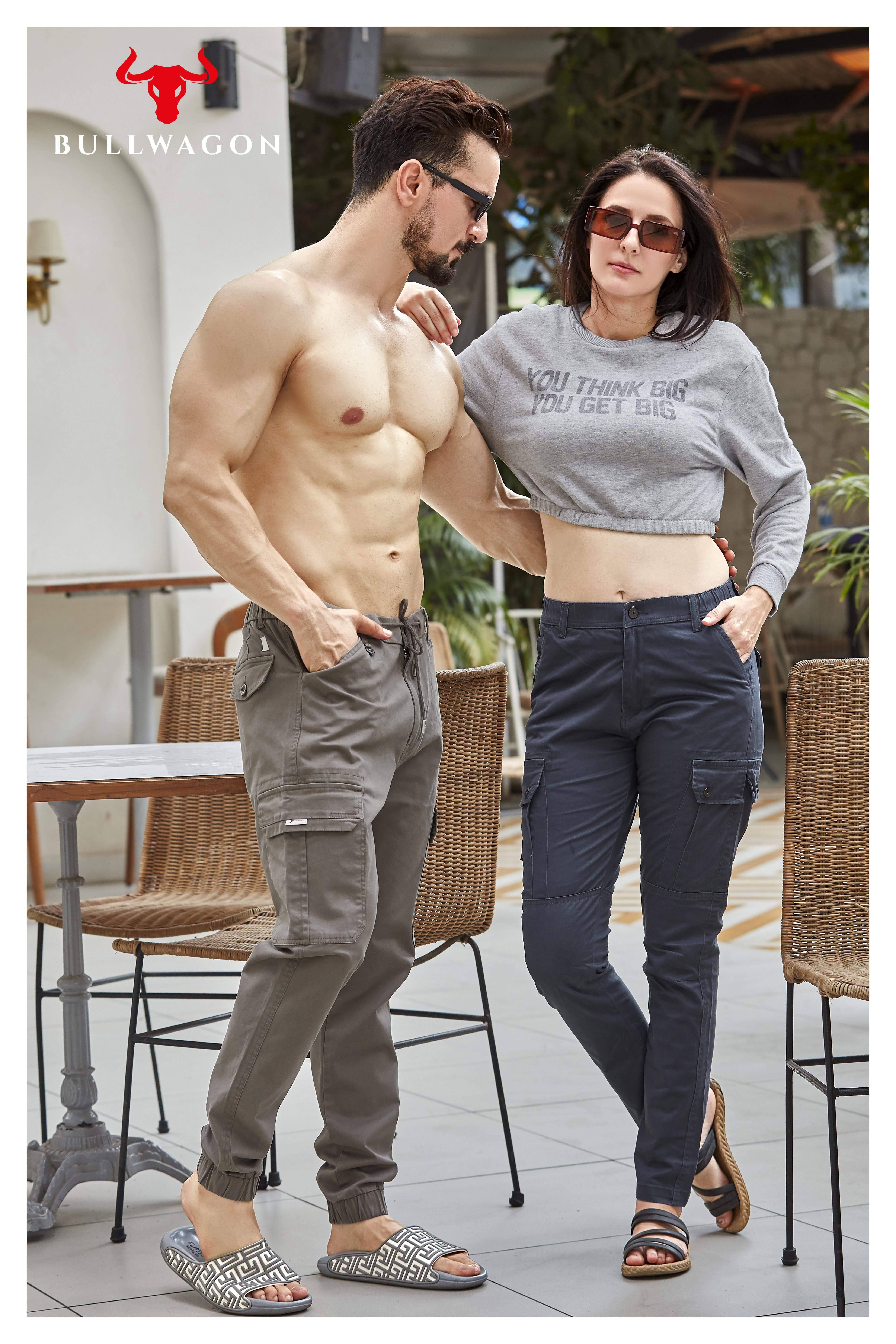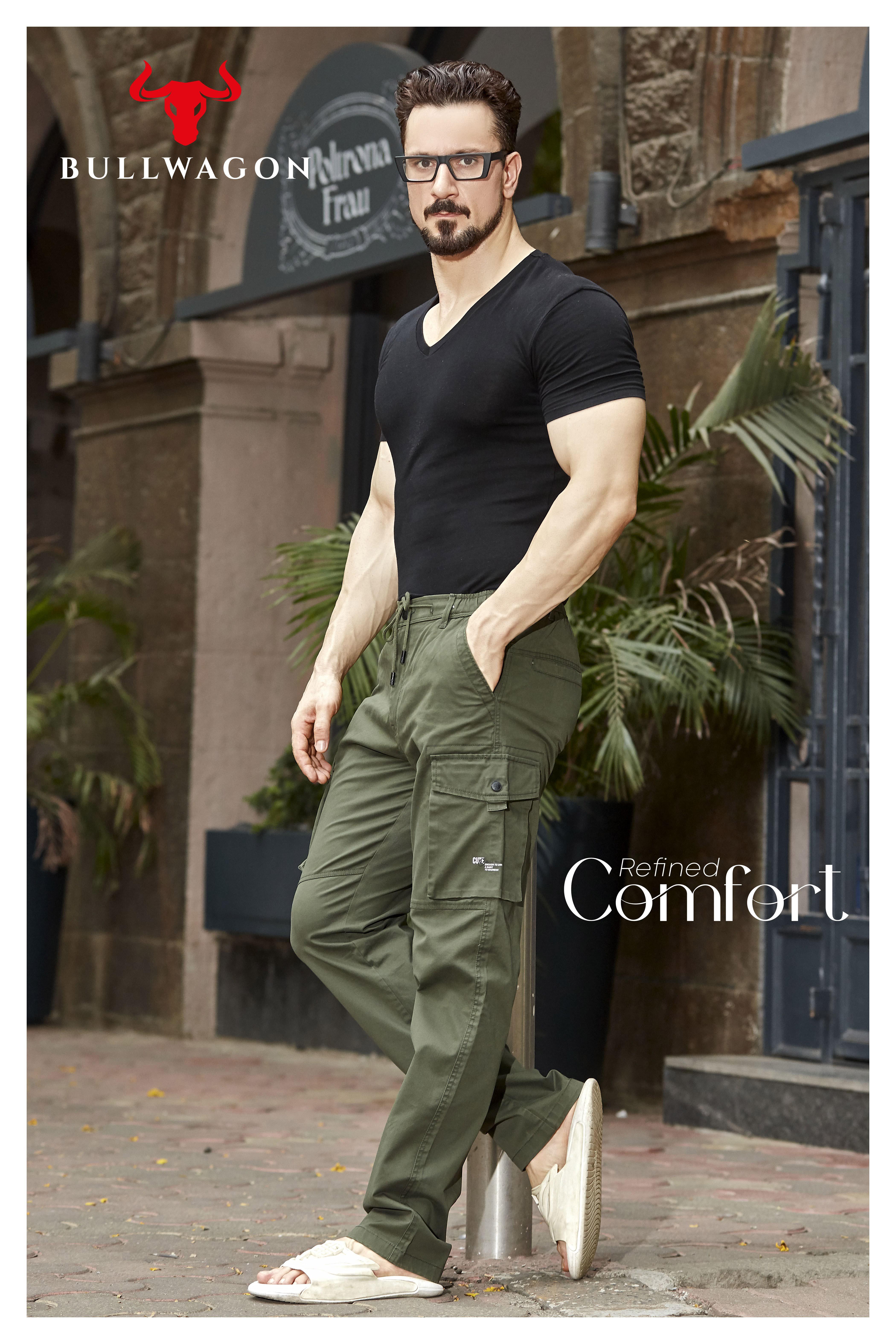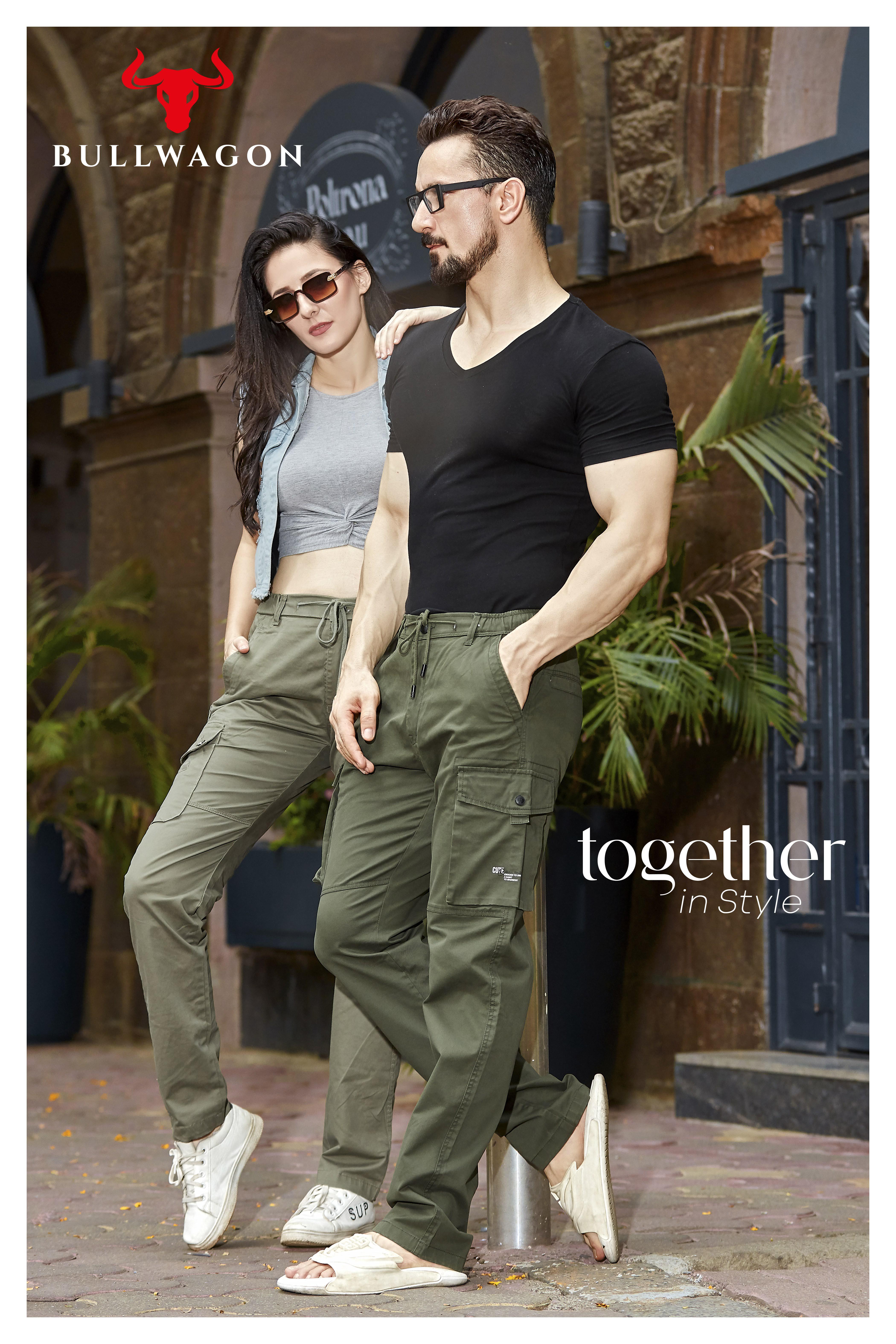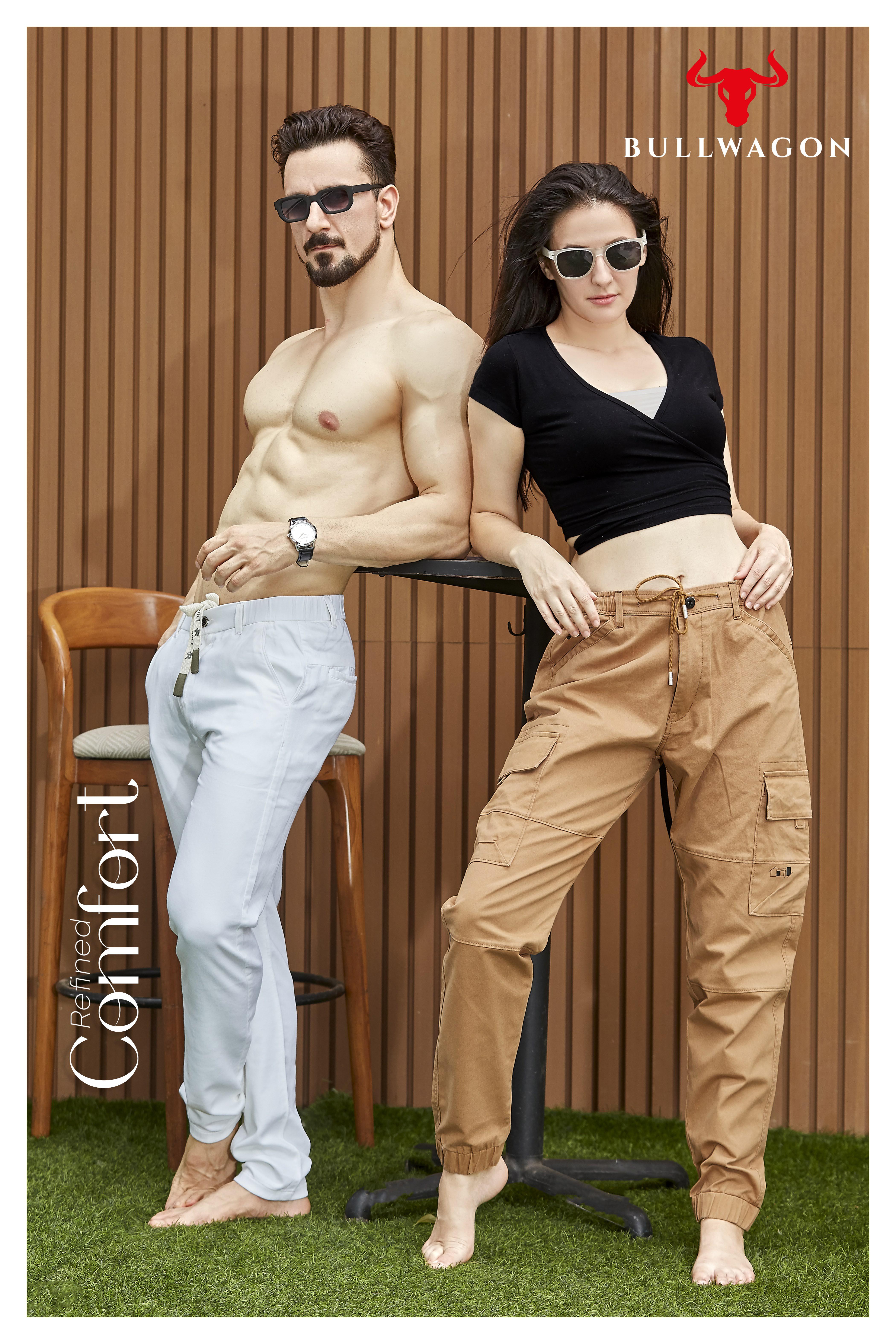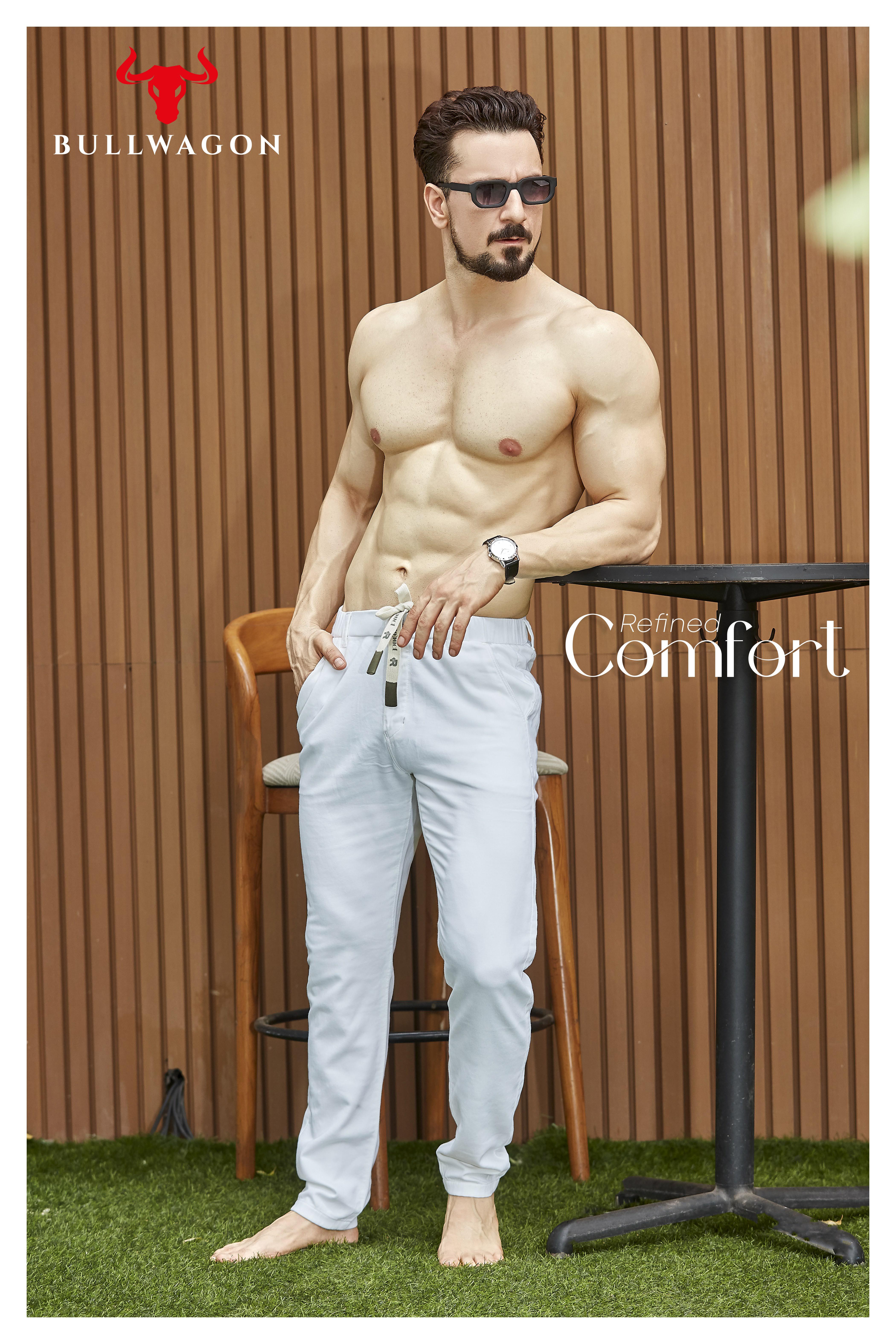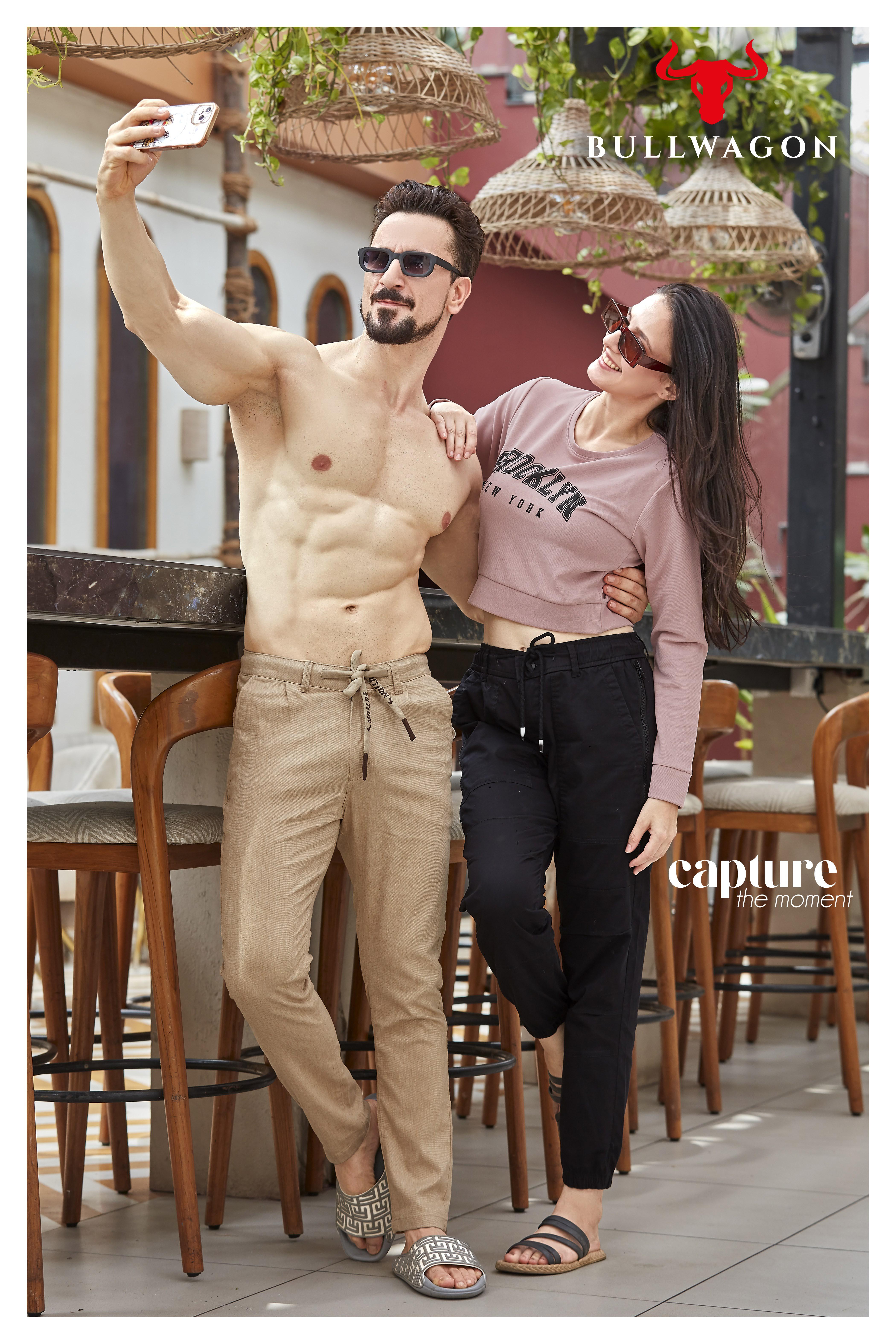Etymology:
The word "pants" is a shortened form of "pantaloons", which comes from the character Pantalone in 16th-century Italian commedia dell’arte. In British English, “pants” typically refers to underwear, while trousers is the standard term for what Americans call pants.
Anatomy of Pants (Features):
Waistband – The upper part, which holds the pants in place, often elasticized or equipped with buttons/zippers. Belt Loops – Small fabric loops around the waistband that hold a belt. Fly – The front opening of the pants, usually with a zipper or buttons. Pockets – Found on the front and/or back; can be functional or decorative. Legs – Two separate tubes of fabric for each leg. Inseam – The seam running from the crotch down to the bottom of the pant leg. Outseam – The seam on the outside of the leg, from the waistband to the hem. Cuffs/Hem – The bottom edges of the pant legs, may be folded, sewn, or styled differently.
Types of Pants (By Style & Use):
Type | Description Jeans | Denim-based casual wear, often with rivets and a rugged feel. Trousers | Formal or business-style pants, often tailored. Chinos | Lightweight cotton twill pants, semi-formal. Joggers | Comfortable athletic-style pants with elastic ankles. Leggings | Stretchy, tight-fitting pants worn mainly by women. Cargo Pants | Loose-fitting pants with multiple pockets, often used in utility or military settings. Sweatpants | Casual loungewear, usually made of fleece or jersey. Capris | Pants that end below the knee but above the ankle. Shorts | Pants that end above the knee (technically a short form of pants).
Cultural Notes:
In Western cultures, pants are a standard unisex garment. In some parts of the world, traditional garments like sarongs, dhotis, or kilts replace pants in daily wear. Historically, women were discouraged or even forbidden from wearing pants until the 20th century in many countries.
Legal/Fashion History Tidbit:
In the U.S., until the 20th century, women wearing pants in public was considered radical or even illegal in some places. Pants became symbolic of gender equality and practical fashion during the women’s rights movement.


